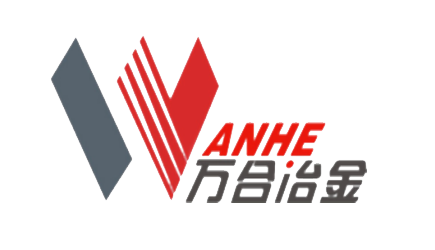Continuous hot-dip galvanizing and aluminized zinc coating production line
The continuous hot-dip galvanizing and aluminized-zinc coating production line is a core piece of equipment in modern steel processing. It employs a continuous strip-operation method and utilizes in-line annealing technology—such as the Sendzimir or U.S. Steel process—to achieve efficient, high-quality coating production.
Category:
Keywords:
Continuous hot-dip galvanizing and aluminized zinc coating production line
The steel strip galvanizing (aluminum-zinc) production line continuously applies a zinc or aluminum-zinc coating onto the surface of cold-rolled steel sheets using a hot-dip method, enhancing the steel’s corrosion resistance and improving its aesthetic appearance. The main process steps include degreasing and cleaning of the steel surface, annealing and reduction treatment, hot-dip galvanizing, and post-galvanizing shape control. Our company designs production lines tailored to meet customers' diverse needs, offering both wide-strip and narrow-strip production lines.
Characteristics of the production line:
1. Employing advanced USS production technology;
2. Utilizing the waste heat from the annealing furnace can maximize energy savings.
3. Equipped with a technologically advanced ceramic-sensing zinc pot and air knife system, effectively controlling the coating thickness;
4. The process section is equipped with a finishing machine, which effectively improves the flatness of the plate surface, eliminates the yield plateau, and enhances product quality.
5. Employing a technically mature and easy-to-maintain straightening machine effectively improves the plate shape.
6. The production line is equipped with multiple CPC edge-control systems, and the winder features an EPC edge-aligning device, ensuring stable operation of the production line.
7. The electrical control system employs Siemens AC variable-frequency speed control, featuring a high degree of automation.
Production Process Flow:
Material handling cart → Uncoiling unit → Uncoiler feeder → Shear machine → Welding machine → Tensioner → Inlet loop → Centering device → Tensioner → Cleaning unit → Hot-air blow-off system → Tensioner → Tension meter → Annealing furnace → Furnace nose → Zinc pot → Three-roll six-arm system → Air knife → Cooling tower → Guide roll → Air-cooling unit → Guide roll → Water-cooling unit → Hot-air blow-off system → Centering device → Tensioner → Finishing mill → Tensioner → Straightener → Tensioner → Passivation unit → Drying oven → Tensioner → Post-storage material handling unit → Tensioner → Electrostatic oiling machine → Shear machine → Rewinding feeder → Rewinder → Material handling cart.
Production line parameters:
Raw Materials |
Board width |
Board thickness |
Craft Speed |
Surface Condition |
Energy |
Low-carbon steel, |
800–1300 mm |
0.15–1.2 mm; |
30–220 m/min |
Passivation, fingerprint resistance, oil coating |
Natural gas, electricity, steam |
250~750mm |
0.8–2.5 mm; |
15–70 m/min |
Passivation, Oil Coating |
Natural gas, electricity, steam |
Previous page
Next page
Previous page
Color-Coated Production Line
Next page
Aluminum alloy casting is a manufacturing process that involves pouring molten aluminum alloy into a mold, allowing it to cool and solidify into the desired part shape. It is widely used in industries such as automotive and aerospace. The main casting methods include sand casting, metal die casting, die casting, and low-pressure casting, each suited to different levels of complexity and production volumes—for instance, sand casting is ideal for large components, while die casting enables high-precision, high-volume production.
CNC machining is a modern mechanical processing technology that achieves high precision and efficiency through computerized, digital control. As a core component of advanced manufacturing techniques, it is rapidly advancing toward even greater precision, higher efficiency, and increased intelligence—making it an indispensable key technology in today’s industrial manufacturing.
CNC machining is a modern mechanical processing technology that achieves high precision and efficiency through computerized, digital control. As a core component of advanced manufacturing techniques, it is rapidly advancing toward even greater precision, higher efficiency, and increased intelligence—making it an indispensable key technology in today’s industrial manufacturing.
The hydraulic three-way valve is a critical component used in hydraulic systems to control fluid flow direction. It features three ports, enabling functions such as fluid diversion, confluence, or directional switching.


